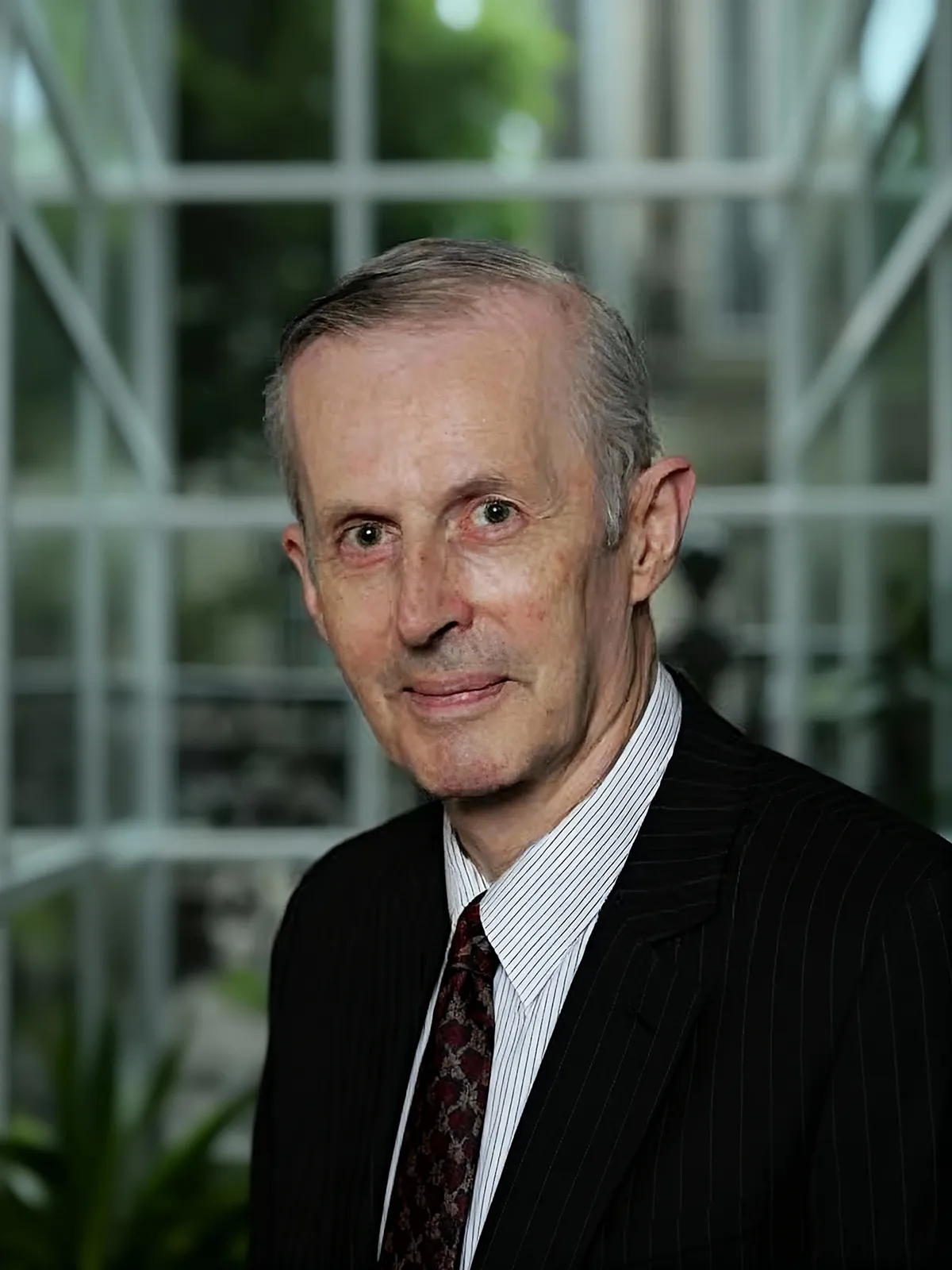Professor A. Marshall Stoneham
A. Marshall Stoneham, Ph.D., CPhys, FInstP, FRS is Emeritus Massey Professor, London Centre for Nanotechnology, and Department of Physics and Astronomy, University College London.
Marshall also directs the Centre for Materials Research, an inter-Departmental network, including most areas of the physical sciences and engineering (Physics and Astronomy, Chemistry. Geology, Biochemical Engineering, Chemical Engineering, Mechanical Engineering, Electrical and Electronic Engineering), from Departments like Archaeology with special interests, and from an increasing number of biological and medical units.
Marshall was awarded the 2006 Guthrie Medal and Prize, which recognizes exceptional achievements in physics; the award has been in existence since 1914, and previous winners include Neils Bohr, Ernest Rutherford, Nevill Mott, Harrie Massey, Phil Anderson, Rudolf Peierls, and Mike Seaton.
His own background is theoretical physics, especially solid state theory. For most of his career he was at Harwell, then the major research laboratory of the Atomic Energy Authority. When he first went there, there was a very large basic research program, with a difference — the basic research also provided routes to answers to pressing practical questions.
His own work involved the behavior of defects in solids, and led to some of the first self-consistent calculations of defect excited states, to some of the earliest work in which both the electronic structure problem and the positions of the ions near the defect were solved as a consistent problem, and to a quantitative quantum theory of the diffusion of hydrogen in metals.
Marshall was elected Fellow of the Royal Society in 1989. In that year, he was elected a Fellow of Wolfson College, Oxford, where he had been a Wolfson Industrial Fellow since 1985; he also became Head of Materials Physics and Metallurgy Division, Harwell. This Division had over 200 staff, with interests from boron neutron capture therapy as a possible cancer treatment, to transmutation doping of semiconductor silicon, neural net methods, and nuclear reactor safety.
In 1990 he became Director of Research for AEA Industrial Technology and, soon after. Chief Scientist of AEA Technology, with responsibilities for science at all AEA laboratories, from Dounreay in the far north of Scotland to Winfrith, near the south coast. He continued this role, part-time, for a couple of years after moving to UCL in 1995. His links with the UKAEA fusion programme have continued. The review of the European program in 2000, for which he was the UK representative, was a critical factor leading to the present “fast track” plans for fusion technology. He is a member of the Fusion Board that advises the Culham programme for EPSRC, and his own research interests include the special challenges of fusion materials.
Outside UCL, he was recently Editor-in-Chief of Journal of Physics: Condensed Matter, one of the leading journals in its field. He has been a Vice President of the Institute of Physics, when he chaired the Board of Institute of Physics Publishing (IoPP), the commercial publishing company and source of the major part of the IoP’s funds for supporting physics, physicists, and physics-related activities.
Marshall coauthored Materials Modification by Electronic Excitation, and edited Ionic Solids at High Temperatures (Directions in Condensed Matter Physics, Vol 2), and coedited Computational and Mathematical Models of Microstructural Evolution: Symposium Held April 13–17, 1998, San Francisco, California, U.S.A (Materials Research Society Symposia Proceedings, V. 529.).
His over 500 papers include Entanglement of Remote Spins with Unequal Coupling to an Optically Active Mediator, Radiation effects in glasses used for immobilization of high-level waste and plutonium disposition, Theory of the growth mode for a thin metallic film on an insulating substrate, Asymmetry and long-range character of lattice deformation by neutral oxygen vacancy in α-quartz, Adhesion trends and growth mode of ultra-thin copper films on MgO, and Structure and Spectroscopy of Surface Defects from Scanning Force Microscopy: Theoretical Predictions.
Marshall’s main research interests are in theoretical solid state physics and materials science. Areas have included (a) the electronic structure of defects and defect processes, especially those involving excited states and polaron behavior, (b) properties of surfaces and interfaces, especially the metal/oxide interface, and silicon oxidation, one of the central processes in present and future microelectronics, (c) understanding scanning probe microscopy properly (STM, AFM), and (d) diamond and diamond films.
However, his major project at present is in quantum information technology: he has a large Basic Technologies grant and the ambition to create solid-state quantum gates that are silicon compatible and could operate at room temperature. The project has strong links with his earlier studies of defects and quantum behaviour. He is also interested in “physics in action” — how basic science helps technology, and how technology drives new science.
Read 60 seconds with … Professor Marshall Stoneham, University College London, UK and Quantum mechanics may explain how humans smell.
